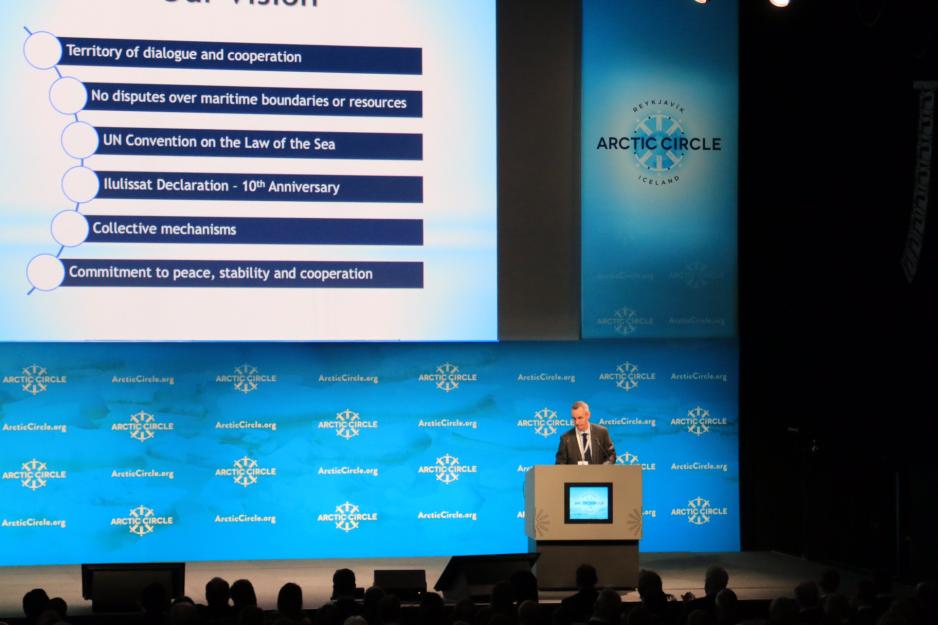Russia’s North: Development and Environment Side by Side

Russia’s ambitions in the high north are tangible. A total of USD 26 million are to be invested on the Yamal peninsula.
The oil and gas industry in the Russian High North has led to significant development, the LNG constructions on the Yamal peninsula being a key element.
- An area formerly populated by some 300 people is now a town of 30,000 residents, Russian’n Arctic Ambassador Vladimir Barbin says. This goes to illustrate what the enormous investments in infrastructure and business have lead to. Investments mainly stem from business and industry. Only 2.5 billion dollars stem from the Russian state budget. Contributing actors come mainly from Russia, China and France.
Climate focus
Barbin was one of the keynote speakers at the opening of the Arctic Circle Assembly in Reykjavik, Iceland – and opening marked by leaders with high ambitions on behalf of the climate and the environment.
The Paris Agreement holds a key position for all and Iceland’s former president Olafur Ragnar Grimsson, one of the initiators of the assembly, was clear in his speech that the Paris Agreement will feature heavily at this year’s conference too. Because the climate is high on the agenda when there are international discussions about Arctic issues.
Significant numbers
Ambassador Barbin continued his supply of big numbers to the audience in Reykjavik. For instance that of how much goods are transported along the Northern Sea Route: 7.4 million tons last year alone, a number that according to Barbin will increase to ‘at least’ 35 million by 2025.
- Most of the goods transported along the Northern Sea Route has its origins in Russia and is going to or from Russian ports. That is how it will remain in the next few years, however, at the same time there is an enormous potential for increased transport between Europe and Asia, he said.
He also emphasized how Russia bases its activities in the north on the Paris Agreement, providing specific examples of measures that shall contribute to improving the climate:
- Oil and gas companies must use 100 % of the associated gas and totally eliminate gas flaring
- The Nornikel mining company will by 2023 invest USD 4 billion in initiatives that reduce emissions
- The Sovcomflot shipping company is the first one to disband bunker oil for LNG as fuel source for its Aframax tankers.
Les artikkelen på norsk
